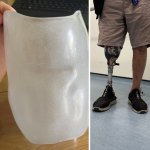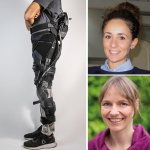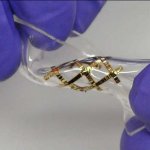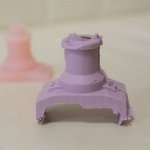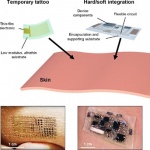
News • Human-robot symbiosis
Prosthetic technology to restore natural walking after amputation
Researchers developed an algorithm for personalizing robotic prosthetic devices to optimize the movement of the prosthetic limb and also help a user’s body engage in a more natural walking pattern.






